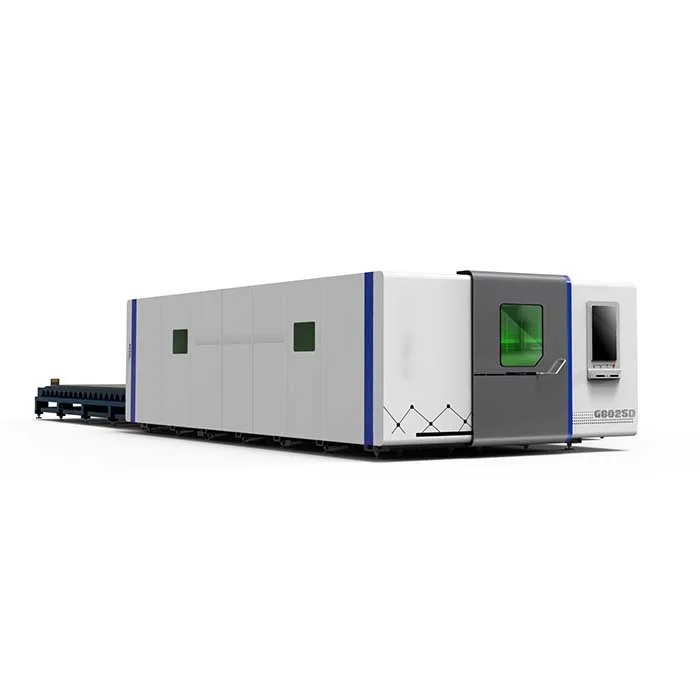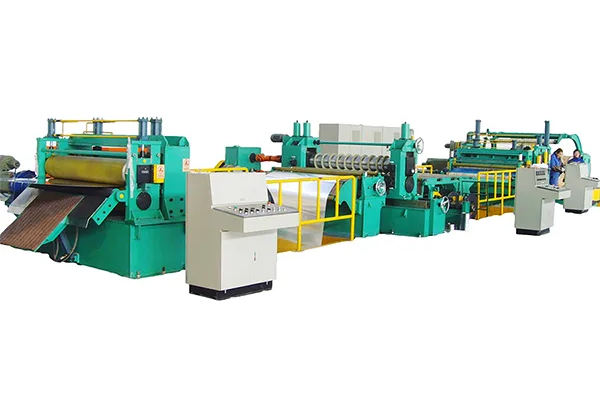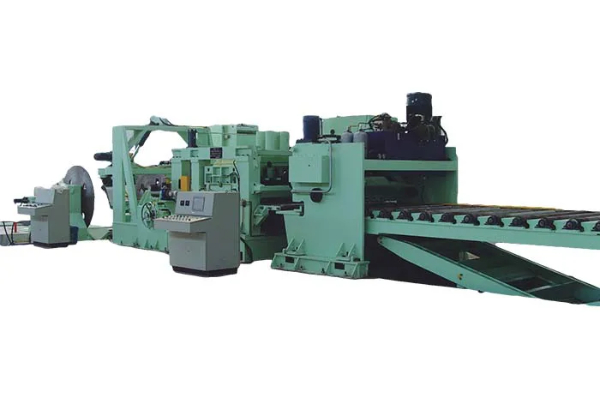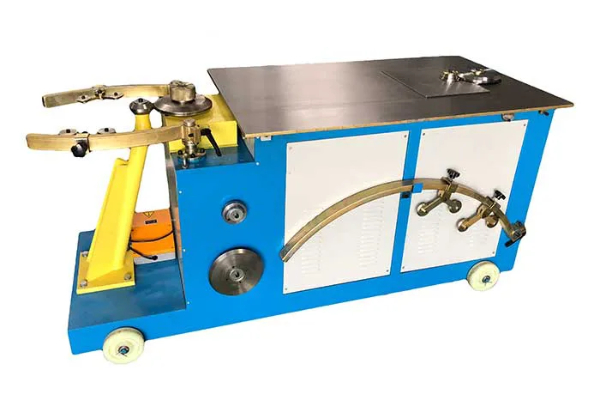
Step-by-Step Guide- Using an Iron Sheet Laser Cutting Machine
- By:Metmac
- 2024-07-26
- 205
Utilizing an iron sheet laser cutting machine offers a precise and efficient method for cutting metal sheets. This comprehensive guide provides a step-by-step approach to operating this advanced equipment, empowering you to create intricate designs with precision.
Prepare the Machine
1. Power On and Safety Checks: Turn on the machine and ensure all necessary safety precautions are in place. Wear appropriate protective gear, including safety glasses, gloves, and a respirator.
2. Material Placement: Position the iron sheet securely on the cutting bed. Use clamps or magnetic fixtures to prevent movement during the cutting process.
3. Calibration and Alignment: Calibrate the laser head and align it with the workpiece using the machine’s software. This ensures accurate cuts and minimizes material waste.
Set Cutting Parameters
1. Material Thickness: Specify the thickness of the iron sheet to optimize laser power and cutting speed.
2. Cutting Speed and Power: Adjust the laser cutting speed and power based on the material properties and desired cut quality.
3. Assist Gas: Select the appropriate assist gas, such as oxygen or nitrogen, to improve cut quality and remove debris from the cutting zone.
Design and Cutting
1. Design Creation: Design the desired cutting pattern using CAD software or import it into the machine’s software.
2. File Loading: Import the design file into the machine’s software and position it on the virtual cutting bed.
3. Cutting Execution: Initiate the cutting process and monitor its progress through the machine’s software.
4. Post-Processing: After cutting, remove the finished part from the cutting bed and perform any necessary post-processing, such as deburring or cleaning.
Safety Considerations
1. Laser Safety: Never look directly into the laser beam or its reflection. Use appropriate laser safety goggles and shielding to protect your eyes.
2. Fumes: The cutting process generates fumes. Ensure proper ventilation and use a fume extractor to remove hazardous gases from the work area.
3. Electrical Hazards: The machine operates at high electrical voltages. Only qualified personnel should perform maintenance or repairs.
4. Fire Prevention: Keep the work area clean and free of flammable materials. Have a fire extinguisher readily available for emergencies.
Maintenance and Troubleshooting
1. Regular Cleaning: Keep the machine’s optics, mirrors, and cutting head clean for optimal performance and extended lifespan.
2. Laser Tube Maintenance: Regularly monitor the laser tube’s performance and replace it when necessary to maintain cutting efficiency.
3. Common Troubleshooting: Identify and address common troubleshooting issues, such as poor cut quality, laser alignment problems, or software errors.
4. Professional Support: For complex maintenance or repairs, consult with qualified technicians or the machine’s manufacturer for assistance.
-
Finding the Right Partner: Your Guide to Premium Sheet Metal Laser Cutting Machines for Sale
2025/12/23 -
METMAC: Defining Excellence Among Sheet Metal Laser Cutting Machine Manufacturers
2025/12/23 -
Unleashing Power and Precision: The METMAC Plasma Sheet Metal Cutting Machine
2025/12/23 -
CNC laser cutting machine sheet metal-Precision Redefined: The METMAC CNC Laser Cutting Machine for Sheet Metal Mastery
2025/12/23
-
Advanced Sheet Metal Rolling, Laser Cutting, and Folding Machines for Precision Fabrication
2025/10/31 -
High-Performance Sheet Metal Bending and Cutting Machines for Modern Fabrication
2025/10/31 -
High-Quality Sheet Metal Equipment for Sale: Efficient Solutions for Modern Manufacturing
2025/10/31 -
High-Performance Sheet Metal Equipment for Sale: Forming and Shearing Solutions for Modern Fabrication
2025/10/22
-
A Guide to the Latest Innovations in Sheet Metal Folding Machines
2024/11/29 -
Key Features to Consider When Investing in a Sheet Metal Folding Machine
2024/11/28 -
Enhancing Precision with Advanced Sheet Metal Folding Machines
2024/11/27 -
How to Choose the Right Sheet Metal Folding Machine for Your Workshop
2024/11/26







